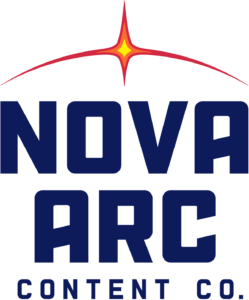On July 22, 1962, NASA’s Mariner 1 spacecraft was destroyed less than five minutes after liftoff. After noting an unscheduled maneuver, the range safety officer verified that the vehicle was veering off course and heading toward a crash. A software issue—caused because the radius symbol in an equation was missing the superscript overbar (R instead of R̅)—prevented the guidance program from responding as expected. Unable to continue on a safe trajectory, the destruct command was sent and the vehicle’s mission ended before it began.
NASA’s first planetary mission was in the spotlight, but it was not cause for celebration, and the error cost NASA millions of dollars.
Not all typos are as critical or expensive as the Mariner 1’s, but they still pose risks for companies and brands. A missing comma resulted in dairy truck drivers being awarded years of unpaid overtime, a dropped number caused Macy’s to sell a $1,500 necklace for just $47, and a misspelling put a 124-year-old company out of business.
Protection for organizations, programs, and projects
Editing, fact-checking, and proofreading provide the quality assurance that can help protect an organization’s credibility, brand, and reputation. Typos, misspellings, inconsistent formatting, and inaccurate information can negatively impact business or even prevent mission success. Editing also helps reduce:
- Distrust of content: Readers expect professionally produced content. Errors can cause distrust of the copy, which can lead to distrust of the content, making it harder for readers to accept challenging ideas or new research. To be accepted as a trusted source of information, those producing research or scientific materials would benefit from remembering that what seem like small mistakes, like misplaced punctuation or weak grammar, can undermine the credibility of their arguments.
- Biased language: When companies don’t use inclusive language—usually unintentionally—they can lose business. Biased language narrows audiences and has the potential to insult and disengage readers. Content that uses inclusive, conscious language will allow materials to reach and resonate with the largest audience possible, which helps build brand loyalty.
- Disorganized deliverables: Editing for formatting can be just as important as editing for accuracy and ensuring the right tone. On the simplest level, articles that aren’t formatted for publication guidelines are less likely to be accepted to journals. Additionally, disorganized content has the potential to overwhelm and distract readers. Delivering the messages in optimal formatting encourages the reader to engage.
Editing for risk mitigation is a crucial and often overlooked part of business and communications success. Ensuring that content is accurate, error free, inclusive, and readable helps safeguard against damage to brand reputation, reduces unnecessary risk to critical goals, and delivers the most impactful project possible.


